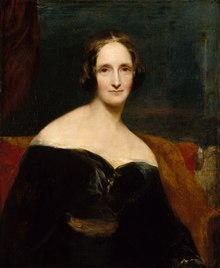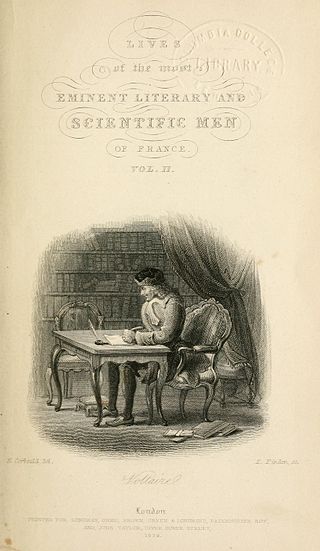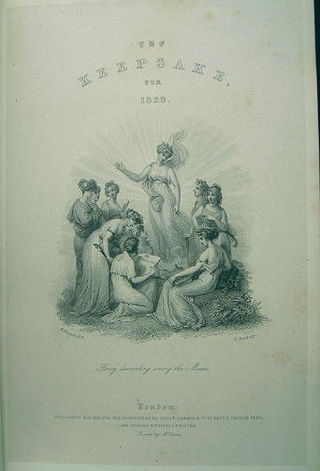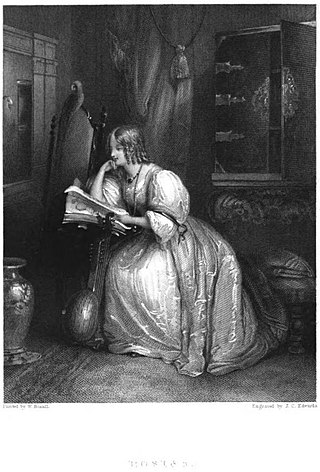| Poem | First publication | Manuscript | Attribution | Composition date |
|---|
| "Absence; 'Ah! he is gone—and I alone!—'" | The Keepsake for MDCCCXXXI. Ed. Frederic Mansel Reynolds. London: Published for the Proprietor, by Hurst, Chance, and Co., and Jennings and Chaplin, 1830. | British Library, Ashley MS A 4023, fair copy in MS's handwriting [29] | | |
| "A Dirge; 'This morn, thy gallant bark, love'" | The Keepsake for MDCCCXXXI. Ed. Frederic Mansel Reynolds. London: Published for the Proprietor, by Hurst, Chance, and Co., and Jennings and Chaplin, 1830. | Earliest extant manuscript at Harvard University fMS. Eng. 822, dated November 1827; second manuscript in a letter MS wrote to Maria Gisborne on 11 June 1835 [30] | | November 1827 and 11 June 1835 |
| "A Night Scene; 'I see thee not, my gentlest Isabel'" | The Keepsake for MDCCCXXXI. Ed. Frederic Mansel Reynolds. London: Published for the Proprietor, by Hurst, Chance, and Co., and Jennings and Chaplin, 1830. | | Published anonymously in the Keepsake, first attributed by Nitchie and confirmed by Palacio through a sales catalogue listing an autograph poem called "A Night Scene" [31] | |
| "Song; 'When I'm no more, this harp that rings'" | The Keepsake for MDCCCXXXI. Ed. Frederic Mansel Reynolds. London: Published for the Proprietor, by Hurst, Chance, and Co., and Jennings and Chaplin, 1830. | | This poem is included in Lyles's bibliography but not in the more recent Markley edition of MS's works. | |
| "The Death of Love" | Bennett, Betty T. "Newly Uncovered Letters and Poems by Mary Wollstonecraft Shelley". Keats-Shelley Journal 46 (1997): 51–74. | The only surviving manuscript, dated 19 November 1831, is found in an autograph album owned by Birkbeck, University of London and entitled "Mrs. G. Birkbeck / ALBUM / September, MDCCCXXV". [31] | This poem is listed in Markley but not in Lyles. | 19 November 1831 |
| "To Love in Solitude and Mystery" | The Keepsake for MDCCCXXXIII. Ed. Frederic Mansel Reynolds. London: Longmans, Rees, Orme, Brown and Green, 1832. | Pforzheimer Collection, New York Public Library | Published anonymously. Attribution was first suggested by Emily W. Sunstein and confirmed in Bennett, Betty T. "Newly Uncovered Letters and Poems by Mary Wollstonecraft Shelley". Keats-Shelley Journal 46 (1997): 51–74. [32] This poem is included in Markley's edition of MS's works but not in Lyles's bibliography. | |
| "I Must Forget Thy Dark Eyes' Love-Fraught Gaze" | The Keepsake for MDCCCXXXIII. Ed. Frederic Mansel Reynolds. London: Longmans, Rees, Orme, Brown and Green, 1832. | Berg Collection, New York Public Library | Published anonymously. Attributed by Emily Sunstein. [32] This poem is included in Markley's edition of MS's works but not in Lyles's bibliography. | |
| "Ode to Ignorance; 'Hail, Ignorance! majestic queen!'" | The Metropolitan Magazine 9 (1834): 29–31. | | This poem is included in Lyles's bibliography but not in the more recent Markley edition of MS's works. | |
| "Fame" | The Drawing-Room Scrap-Book. 1835. 1834. | | This poem is included in Lyles's bibliography but not in the more recent Markley edition of MS's works. | |
| "How like a star you rose upon my life" | The Keepsake for MDCCCXXXIX. Ed. Frederick Mansel Reynolds. London: Published for Longman, Orme, Brown, Green, and Longmans/Paris: Delloy and Co., 1838. | | | |
| "To the Death; 'O, Come to me in dreams, my love'" | The Keepsake for MDCCCXXXIX. Ed. Frederic Mansel Reynolds. London: Longman, Orme, Brown, Green, and Longmans, 1839. | Collection of Samuel Loveman | | 15 December 1834 |
| "Oh Listen While I sing to Thee," Canzonet, With Accompaniment for the Harp or Piano Forte, Composed and Inscribed to his Friend Berry King, Esqr. by Henry Hugh Pearson, Professor of Music in the University of Edinburgh | London: D'Almaine and Co. [c.1842] [33] | Bodleian Library and British Library | | 12 March 1838 |
| The Choice. a Poem on Shelley's Death by Mary Wollstonecraft Shelley | Ed. Harry Buxton Forman. London: Printed for the Editor for Private Distribution, 1876. | Two versions of the poem exist: One is the Forman edition, drawn from a manuscript sent to Forman, and the other is in MS's journal (Ab. Dep. 311/4, pp. 100–06). [34] | | May – July 1823 |
| "On Reading Wordsworth's Lines on Peel [ sic ] Castle; 'It is with me, as erst with you" | Grylls, Rosalie Glynn. Mary Shelley: A Biography. London: Oxford University Press, 1938. | Two manuscripts survive, both dated 8 December 1825: Ab. Dep. c. 516 and Ab. Dep. d. 311/4. The second manuscript version was published in Grylls. [29] | | 8 December 1825 |
| "Fragment; (To Jane with the Last [Man]) 'Tribute for thee, dear solace of my life'" | Grylls, Rosalie Glynn. Mary Shelley: A Biography. London: Oxford University Press, 1938. | Ab. Dep. d. 311/4, p. 109 | | c. 23 January 1826 |
| "Tempo e' piu di Morire/Io ho tardato piu ch' i' non vorrei: 'Sadly borne across the waves'" | Ed. Elizabeth Nitchie. Mary Shelley: Author of Frankenstein. New Brunswick: Rutgers University Press, 1953. | Bodleian MS Shelley adds. c. 5, f. 101 | | 1833 |
| "La Vida es sueño; 'The tide of Time was at my feet'" | 1833 version published by Jean de Palacio in 1969; 1834 version published in Ed. Elizabeth Nitchie. Mary Shelley: Author of Frankenstein. New Brunswick: Rutgers University Press, 1953. | Personal collection of Jean de Palacio and Bodleian MS Shelley adds. c. 5, f. 101 | | 26 July 1833 and 1834 |
| "Fair Italy! Still Shines Thy Sun as Bright" | Bennett, Betty T. "Newly Uncovered Letters and Poems by Mary Wollstonecraft Shelley". Keats-Shelley Journal 46 (1997): 51–74. | Fales Manuscript Collection, Fales Library, New York University | This poem is included in Markley's edition of MS's works but not in Lyles's bibliography. | 10 September 1833 |



















